
Have you ever noticed the different types of paving with bumps and raised surfaces whilst going about your daily routines and wondered why they are there and what their purpose is?
Well, often these are thought to be merely decorative but in reality, they are much more important; as they serve as a warning to a potential hazard and work as a navigation system for the visually impaired. They do this by providing a distinctive surface pattern of truncated domes, which can be detected underfoot or by a cane, improving both safety and accessibility.
These types of aids were first created in Japan, in 1965, and they are now widely used across the world. The first style developed was blister paving tiles; These tiles have truncated domes set at regular intervals and are also commonly known as warning blocks. Tactile studs are now also available and easy to install, these come individually and are fixed into the ground by drilling and then gluing them in place.
There are many examples of these types of demarcation found in public areas, particularly in areas with high volumes of visitors. They can warn blind and visual impaired pedestrians that they have reached the end of a pavement and are about to enter a road, or that they are have reached the edge of a train station platform, where passengers embark / disembark. They can also be found inside buildings often to mark stairs, escalators or changes in the elevation of flooring. As well as this their anti-slip properties can help to avoid nasty trips and falls, especially in poor weather conditions.
In the UK alone, over 2 million people are living with sight loss. 340,000 of which are registered as blind or partially sighted. So, it is vital that these types of installations are used to make places as accessible as possible.
If you would like to know more about the tactile studs and blister pavements available, to improve safety and accessibility, please view our range of tactile studs or contact us for more information.



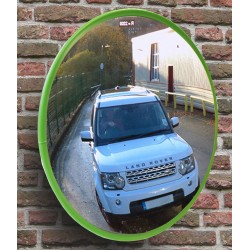
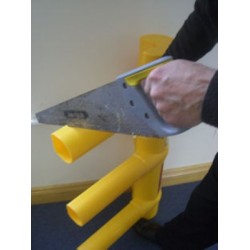





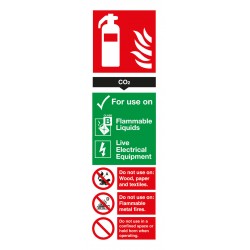



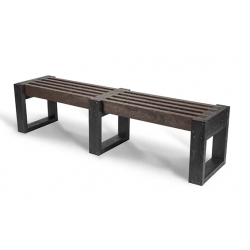
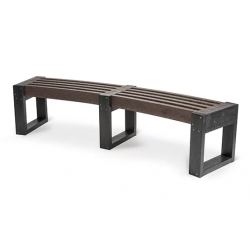


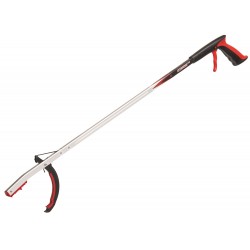
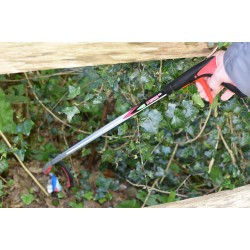
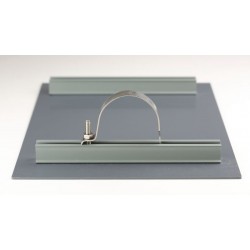


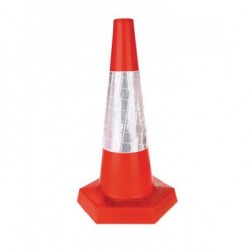
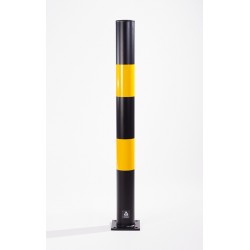
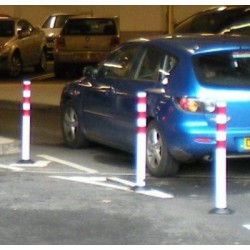
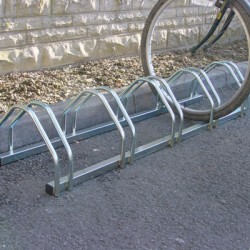

Leave a Comment